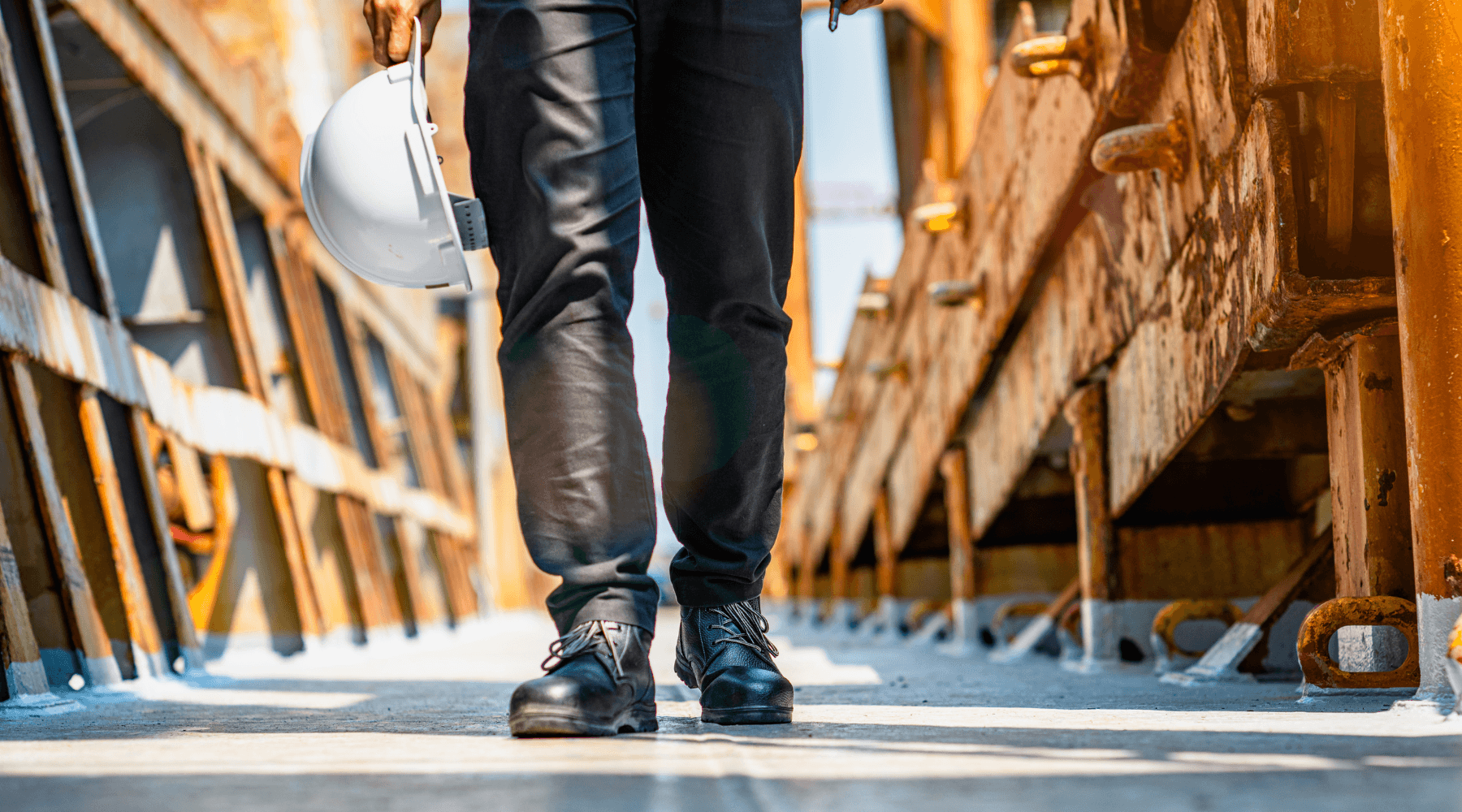With over 10,000 orders
With over 10,000 orders

Table of Contents:
1. Introduction
Safety shoes are an indispensable element of workplace safety, offering protection against various occupational hazards. In this comprehensive guide, we delve into the significance of safety shoes and introduce SLIMTA safety shoes as a cutting-edge solution for ensuring the well-being of workers in diverse industries.
2. Understanding Safety Shoes
Safety shoes, also known as work boots or protective footwear, are designed to shield feet from injuries caused by falling objects, crushing hazards, electrical shocks, slips, and chemical exposure. These specialized shoes are engineered with robust materials and advanced features to mitigate workplace risks effectively.

3. Importance of Safety Shoes
The importance of safety shoes in the workplace cannot be overstated. Foot injuries can result in debilitating consequences, including fractures, lacerations, and amputations, leading to reduced productivity and increased healthcare costs. Safety shoes serve as a vital line of defense, minimizing the risk of foot-related accidents and fostering a safer work environment.
4. Types of Safety Shoes
Safety shoes are available in various types, each tailored to address specific workplace hazards:
4.1 Steel Toe Safety Shoes
Steel toe safety shoes feature a reinforced toe cap made of steel, providing protection against impact and compression injuries in hazardous environments such as construction sites and manufacturing facilities.
Composite Toe vs. Steel Toe Safety Shoes: Which is Right for You?
4.2 Composite Toe Safety Shoes
Composite toe safety shoes incorporate non-metallic toe caps crafted from materials like fiberglass or carbon fiber, offering lightweight protection without compromising on safety standards.
4.3 Electrical Hazard (EH) Safety Shoes
EH safety shoes are designed to safeguard against electrical hazards by providing insulation against electric shocks, making them ideal for workers in environments with live electrical circuits or equipment.
4.4 Slip-Resistant Safety Shoes
Slip-resistant safety shoes are equipped with specialized outsoles that enhance traction on slippery surfaces, reducing the risk of slips, trips, and falls in workplaces prone to wet or oily conditions.
4.5 Chemical-Resistant Safety Shoes
Chemical-resistant safety shoes are constructed from materials that withstand exposure to various chemicals, acids, and solvents, protecting workers from corrosive substances commonly found in laboratories, chemical plants, and manufacturing facilities.
5. SLIMTA Safety Shoes: A Breakthrough in Foot Protection
SLIMTA safety shoes represent a revolutionary advancement in foot protection, offering unparalleled comfort, durability, and safety features:
5.1 Innovative Design Features
SLIMTA safety shoes feature an ergonomic design that conforms to the natural shape of the foot, providing optimal support and reducing fatigue during extended work hours.
5.2 Enhanced Comfort and Durability
Constructed with premium materials and advanced cushioning technologies, SLIMTA safety shoes prioritize comfort without compromising on durability, ensuring long-lasting performance in demanding work environments.
6. Choosing the Right Safety Shoes with SLIMTA
Selecting the right safety shoes with SLIMTA involves assessing workplace hazards, considering ergonomic factors, and prioritizing comfort and durability. Consult with safety experts and footwear professionals to determine the most suitable SLIMTA safety shoes for your specific work environment and job requirements.
7. Maintenance and Care of SLIMTA Safety Shoes
Proper maintenance and care are essential to maximize the lifespan and performance of SLIMTA safety shoes:
8. Conclusion
In conclusion, safety shoes play a pivotal role in safeguarding the well-being of workers and minimizing the risk of foot-related injuries in hazardous environments. With its innovative design features, enhanced comfort, and uncompromising safety standards, SLIMTA safety shoes emerge as a game-changer in the realm of foot protection, empowering workers to perform their duties with confidence and peace of mind.
Investing in SLIMTA safety shoes not only demonstrates a commitment to workplace safety but also enhances employee morale, productivity, and overall job satisfaction. Embrace the future of foot protection with SLIMTA safety shoes and pave the way for a safer, more secure work environment.
{"one"=>"Select 2 or 3 items to compare", "other"=>"{{ count }} of 3 items selected"}